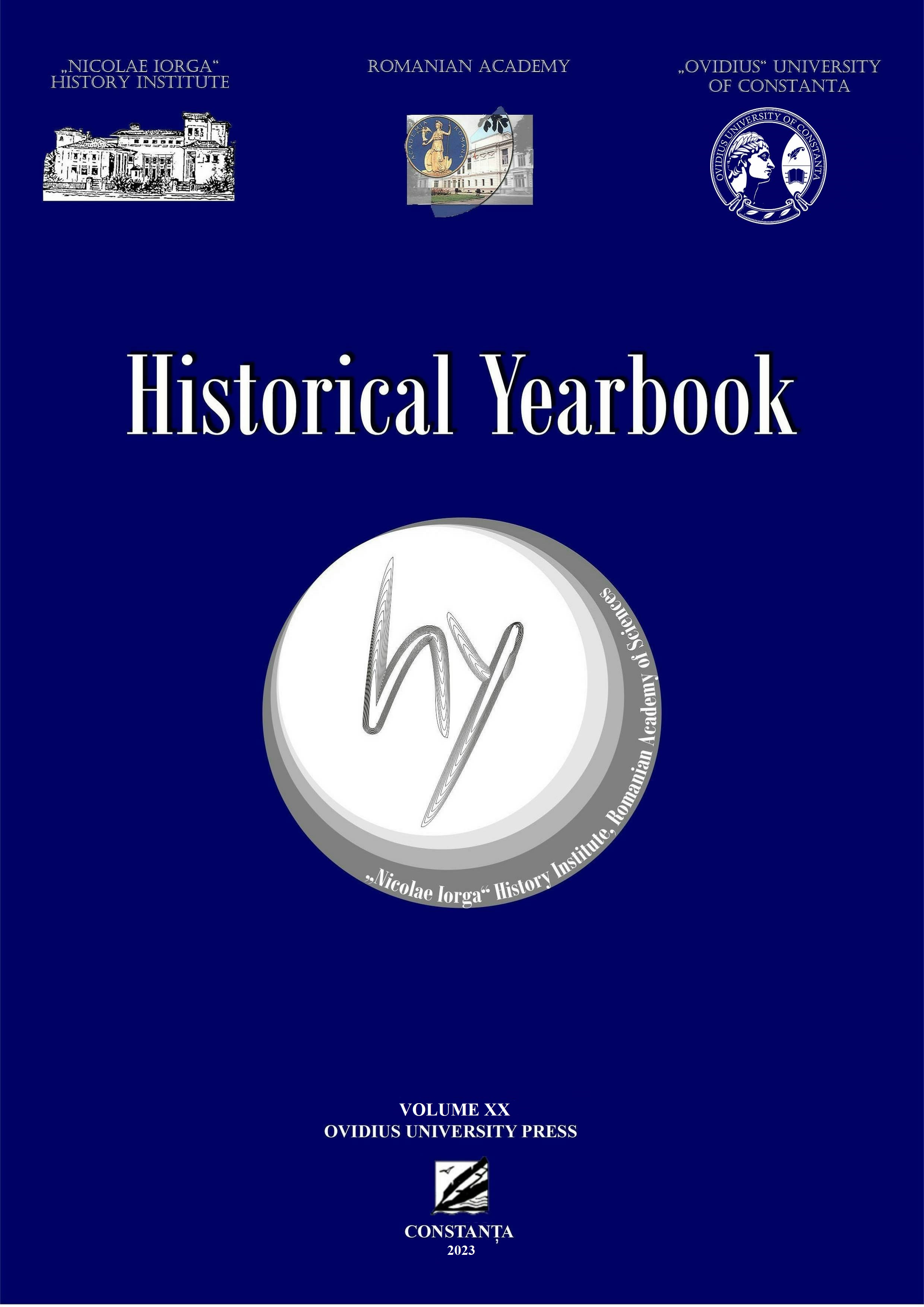POLISH REFUGEES TO TULCEA, SEPTEMBER - OCTOBER 1939:
LEADERS OF BUREAU OF MILITARY HISTORICAL STUDIES (WOJSKOWO BIURO HISTORYCZNE)
POLISH REFUGEES TO TULCEA, SEPTEMBER - OCTOBER 1939:
LEADERS OF BUREAU OF MILITARY HISTORICAL STUDIES (WOJSKOWO BIURO HISTORYCZNE)
Author(s): Florin AnghelSubject(s): History, Recent History (1900 till today), WW II and following years (1940 - 1949), Migration Studies
Published by: Ovidius University Press
Keywords: Tulcea; “Wiarus na Obczyźnie”; Polish refugees in Romania; 1939-1940; Otton Laskowski; Leon Berbecki;
Summary/Abstract: The military retreat to Tulcea, during the first weeks after the invasion and extinction of Poland, in the autumn of 1939, is a theme unknown to the Romanian historiography and minimally addressed by Polish studies. There was part of Bureau of Military Historical Studies (Wojskowo Biuro Historyczne) officers, from Polish Minister of Defence, amongst them, General Leon Berbecki, one of the most important commanders of the army or Captain Wiktor Brummer. It was not the last time the city at the Danube Delta gate has provided temporary dwelling for refugees from the war. Eight decades later, after on February 24th 2022 Russia has started the aggression against Ukraine, Tulcea has become again a pole of hope for the escapees. „Wiarus na Obczyźnie” was issued in Tulcea on September 28th 1939 and it was another exceptional aspect of the Tulcea refuge memory is that in September 1939. In this area, with rudimentary means, was initiated the printing of the first publication in Polish during the refuge period, immediately after the occupation of the country by Germany and USSR and after the arrival of elite troops and of their collaborators in the city on the Danube shore.The military retreat to Tulcea, during the first weeks after the invasion and extinction of Poland, in the autumn of 1939, is a theme unknown to the Romanian historiography and minimally addressed by Polish studies. Elite units were placed in the city from the Danube Delta gates, amongst which officers in charge with the military archives, or those organizing the actions in exile. Tulcea was the first action centre of the Polish Resistance in 1939 in Romania, and largely, the first in the entire South-European space, before the appearance of some better known camps as those from Târgu-Jiu, for instance. Another exceptional aspect of the Tulcea refuge memory is that in September 1939, in this area, with rudimentary means, was initiated the printing of the first publication in Polish during the refuge period, immediately after the occupation of the country by Germany and USSR and after the arrival of elite troops and of their collaborators in the city on the Danube shore.
Journal: HISTORICAL YEARBOOK
- Issue Year: 20/2023
- Issue No: XX
- Page Range: 117-136
- Page Count: 20
- Language: English
- Content File-PDF

